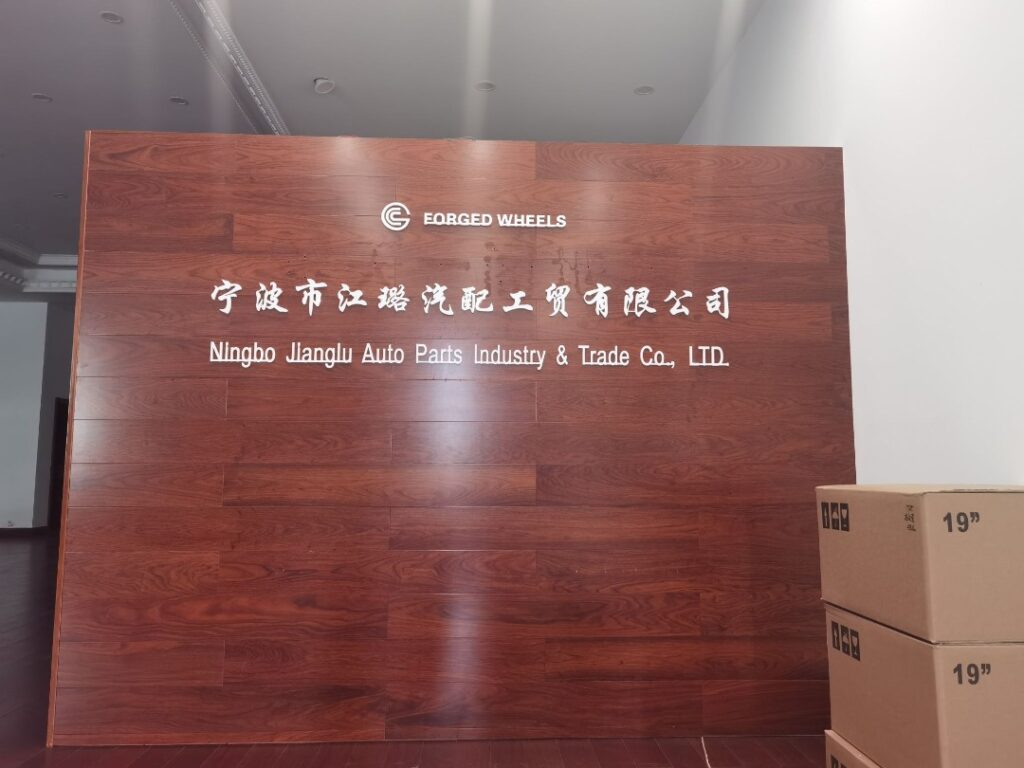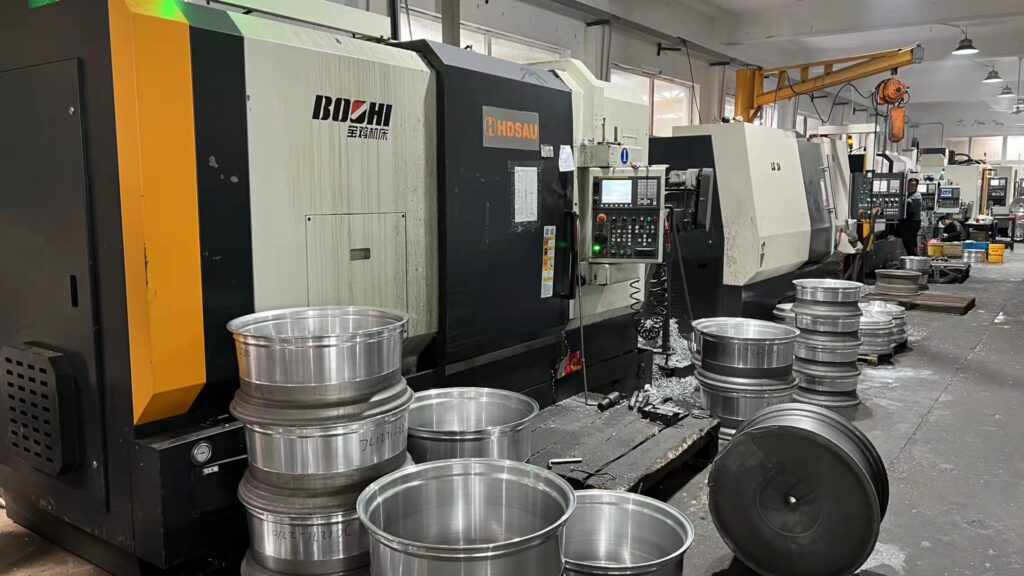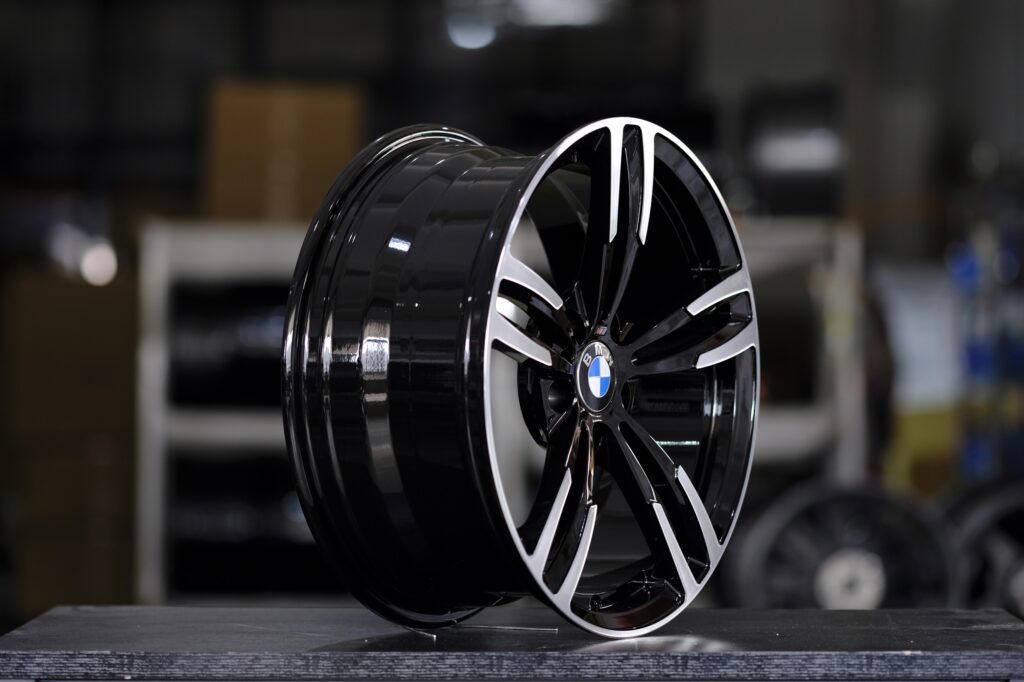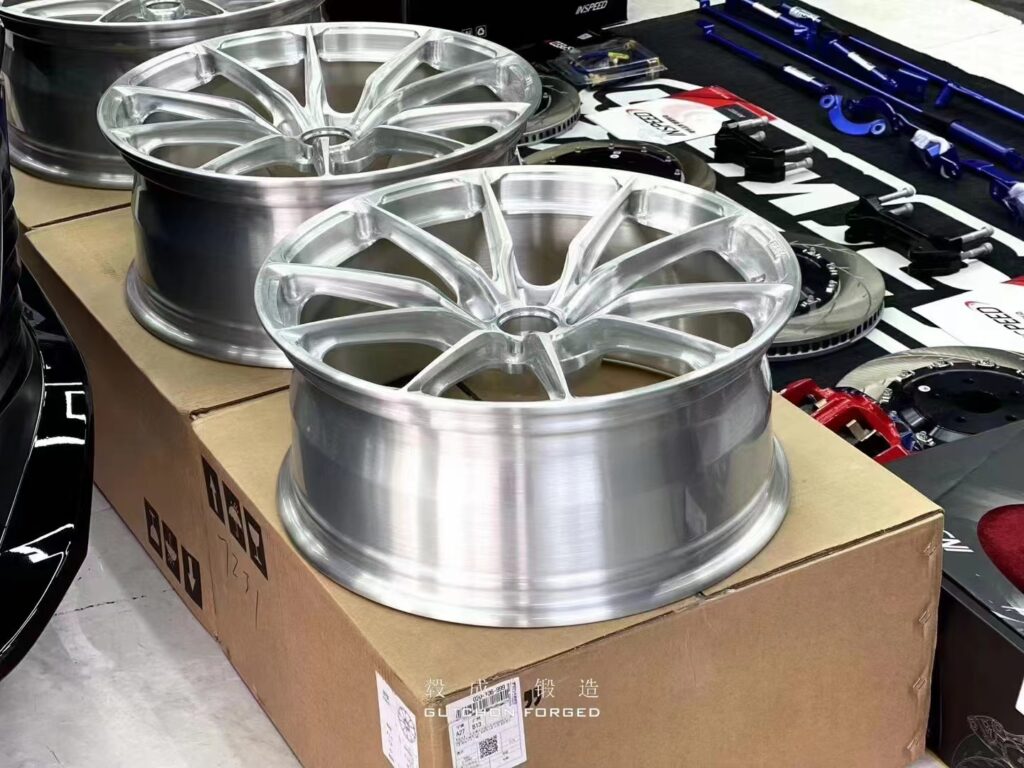Where are lightweight wheels made?
Have you ever been scrolling through short videos and seen those wildly modified cars, with wheels spinning like kaleidoscopes, flashing even crazier than a nightclub’s lights?
Most people, after watching, hit the “wow, that’s awesome” button with one hand, then swipe away with the other.
But some people, after watching, start wondering: Who’s making this stuff? How is it made? And just how big is the business behind it?
What looks like an ordinary car wheel is actually a stage for a drama of manufacturing, consumerism, and the tough realities of local economies.

Where are lightweight wheels made (3)
A lot of people’s understanding of wheels is basically… no understanding at all.
Isn’t it just an iron disc for holding up the tires? As long as it’s round and spins, that’s enough, right?
That’s like thinking a CPU is just a piece of hot sand, and as long as it can start your computer, it’s fine.
Totally wrong.
Car wheels, or “rims,” come in two main types: cast and forged. The difference? It’s like comparing a cafeteria ladle to a paladin’s sword.
Casting means pouring molten metal into a mold and letting it cool. The upside: fast, cheap, and great for mass production—most stock wheels that come with your car are cast. The downside: because it solidifies from liquid, the internal structure is loose, like a fluffy steamed bun. To make up for strength, they have to be made extra thick and heavy.

Where are lightweight wheels made (4)
And in automotive engineering, weight is the original sin. For every 1kg you cut from the unsprung mass, it’s like removing 10kg from the car’s body in terms of handling. Heavy rims make the car sluggish, slow to accelerate, take longer to brake, and burn more fuel.
Forged wheels are a whole different game. They start with a solid chunk of aluminum, then use thousands—or tens of thousands—of tons of pressure to smash it into the shape of a rim. Imagine a master baker kneading dough over and over, squeezing out every bubble, until it’s dense and incredibly elastic.
Forged rims have a metal crystal structure packed super tight, making them 30% lighter than cast rims, but two to three times stronger.
Light—yet tough.

Where are lightweight wheels made
What does that mean?
It’s like going from being a chubby guy to a ripped bodybuilder.
The benefits are immediate: better handling, faster acceleration, sharper braking, maybe even a pleasant surprise in fuel economy.
So, who buys these things?
Off-road enthusiasts, track racers, modders, and the kind of people who treat their car like a second spouse—willing to spend big on top-tier “makeup” and gym memberships for their beloved ride.
Simply put, forged wheels aren’t about commuting. They’re about performance, about belief, about the confidence to say “I’m just faster than you.”
This is a classic high-value, high-tech niche market.
And the company we mentioned earlier, Jianglu Wheels in Ningbo, Zhejiang, is a major player in this field. A factory in Ningbo, doing custom work for Mercedes-Benz and BMW, selling products to Europe, America, Japan, and Korea.
It’s a story that feels almost surreal.
A county-level factory—how can it shake up the global market? Out of passion?
Come on.
There are no fairy tales in business, only cold calculations and strategic games.

Where are lightweight wheels made (2)
Jianglu Wheels’ approach boils down to two words: hard tech, soft stance.
“Hard tech” is what we just discussed—they’ve mastered the tough business of forging.
While most competitors are still locked in a price war in the casting market, fighting for scraps, Jianglu leveled up—targeting a more profitable, less crowded high-end segment.
It’s like a boxing match—you don’t need the hardest punch, but the best sense of timing, landing that blow when your opponent’s guard is down. While others stress over saving a dollar on costs, Jianglu is figuring out how to sell a rim for ten times the price.
But tech alone isn’t enough. Plenty of tech-heavy companies still go under.
The real key is “soft stance”—their business model is all about speed and flexibility.
As car buyers shift towards personalization, more and more drivers don’t want the same old stock setup. To them, a car isn’t just transportation, it’s a social statement—a form of self-expression.
Some swap out their badges for “Wuling Hongguang,” others replace their wheels with colorful “Hot Wheels.”
This demand is scattered, diverse, and changes fast. Today it’s all about “black warriors,” tomorrow maybe it’s “death Barbie pink.”
Traditional mass production hates this kind of variety. For a small order of a few dozen, retooling the whole line is enough to drive a factory manager crazy with costs.
But Jianglu’s smart, automated production line is built for this.
Automated CNC machining centers in their casting and forging workshops, paired with robotic arms, work efficiently together. In the words of their production manager, “If the customer can imagine it, we can make it.”
Customers only need to provide a picture—or even just a vague idea—their design and manufacturing system will handle the rest. With the capability to make over 5,000 rim models, this isn’t just a factory, it’s the “central kitchen” of the wheel industry.
This is essentially “servicified” manufacturing. They’re not just selling a physical product, but a service that turns your imagination into reality. They package the complexities of industrial processes into a simple interface, making customers feel, “Wow, that was easy.”
Think that’s the end? Just a feel-good story about a tech-savvy, flexible factory?
Think again.
Behind every successful business is a mysterious force from the East.
Any business phenomenon—first ask, “Would they die if they didn’t do it this way?” Then ask, “Who’s making the most money here?”
Let’s break down the stakeholders in Jianglu Wheels’ story.
For Jianglu itself, the calculation is clear. Based in Ningbo, costs for land, labor, and utilities are far lower than in first-tier cities. With relatively low costs, they make high-value products, sell globally, and profit from technology and brand premiums. It’s a can’t-lose equation.
For Mercedes, BMW, Honda, and other major automakers, Jianglu is an excellent “Plan B” supplier. They need large-scale, standardized casting rim suppliers, but also small-batch, high-quality forged rim suppliers for high-end, custom models. Jianglu enriches their supply chain and helps them serve a wider range of customers.
For end users—car enthusiasts spending real money—they’re buying performance, personality, and satisfaction. It’s a willing transaction.
But what about the fourth party—the local government? What role do they play?
There’s a key phrase in the news: “Jianglu Wheels is a ‘pioneer’ project in Ningbo’s auto industry chain.”
“Pioneer”—that word says a lot.
For a city aiming to upgrade its industry, what matters most?
Not high-consumption, low-output traditional factories. Not just real estate, either. It’s companies like Jianglu: tech-savvy, globally competitive, job-creating, and able to drive industrial clusters.
One Jianglu: 1 billion yuan invested, 200+ jobs created, 150 million yuan in annual output. That’s real GDP, real tax revenue, real bread on local tables.
More importantly, it’s a sample. If a cutting-edge manufacturing company can thrive in Nanzhang and sell worldwide, that’s a huge signal for other potential investors. This is the real-life version of “build the nest, attract the phoenix.”
So, local governments provide all kinds of support, favorable policies, and a better business environment—it’s an investment, too.
See? The success of a wheel factory isn’t just the story of a single boss’s heroic struggle.
It’s a precise business model—riding the wave of consumer upgrades, building hard-core technical barriers, and embedding itself in the grand narrative of local economic development. All the players compete, but the game is ultimately about dynamic balance.
That flashy spinning rim roaring down the midnight street? What’s turning isn’t just the tire.
